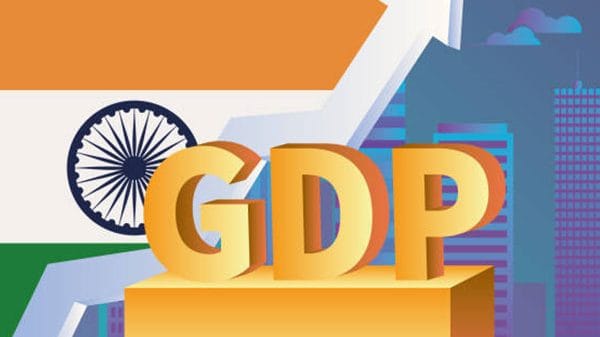Thank you dear subscribers, we are overwhelmed with your response.
Your Turn is a unique section from ThePrint featuring points of view from its subscribers. If you are a subscriber, have a point of view, please send it to us. If not, do subscribe here: https://theprint.in/subscribe/
“Demography is destiny” highlights the role of demographics in shaping many complex challenges and opportunities societies face, including several pertinent to economic growth and development. The way to progress when the ratio of working age reduces is to increase automation. AI and automation will help. There is a requirement to look beyond what we can see. Governance is planning and foresight and a vision to strike a balance between automation and manual methods for sustained progress. Changing demography offers many complex challenges and opportunities for pertinent economic growth and development.
India is expected to continue growing in population, peaking around 1.7 billion by 2050 before stabilizing. Its growth is attributed to higher fertility rates compared to China, though the fertility rate is gradually declining to near replacement levels. China’s population has already started to decline after peaking around 2020. By 2050, projections suggest it will drop to approximately 1.3 billion due to low fertility rates.
Status of demography India- China
A brief look at India and China, two large economies with about 35% of world population between them, may shed some light for a brief perspective on effects of demography and economy. A macro level change of the one child policy in China, of the 1960s – 80s, is the acceleration of aging in China. According to a UN projection half the population of China was under 25 years of age. By 2015 it came down to 24% and in a couple decades a third of China’s population will be above 60 years. Since the 1970s China has increased its per capita GDP by about 6 times. India is currently in its demographic dividend phase, with a large working-age population (15-64 years). By 2050, this dividend will begin tapering off as the population ages. The number of people aged 60 and above will rise significantly, potentially doubling to 20% of the population, necessitating robust healthcare and pension systems. As of 2024, the per capita GDP (nominal) for India is approximately $2,780, while for China it stands at around $12,960. This highlights the significant gap between the two countries, with China’s per capita GDP being over four times that of India. China’s growth rate is already on the decline but it has advanced technologies.
Technology to the rescue
Since the Industrial Revolution and the emergence of new technologies, it’s clear that not simply the number of working-age people is important. The quality of human capital—that is, the level of skills and education of workers—can also have an enormous impact on economic growth and prosperity. In fact, some countries with small populations and declining birth rates have very strong economies. More importantly, capital for investment is also an important contributing element in economic progress. A drop in economic growth can be reversed by increases in productivity through technology import and innovation, capital investments, extensive research and proper and continued skilling and upskilling of the workforce. China was able to achieve that while India failed. Yes, technology can help mitigate the adverse economic effects of diminishing demographic ratios, such as aging populations or declining birth rates. India needs advanced technologies quickly, especially in the manufacturing sectors.
Automation and use of digital tools to enhance productivity in manufacturing industries is a sure way to increase output and be also competitive in the market. Digital tools can enhance efficiency in the support systems like the supply chains. To perpetuate this approach constant upskilling by way of technological education particularly in use of AI and digital tools will mitigate the ill effects of a shrinking workforce while continually opening up job markets. Here, it is imperative to have advanced chips and chip making capabilities.
Smart migration management facilitates redistribution of workforce to required areas. Remote working wherever feasible will reduce physical movement of the workforce. Global collaboration tools allow businesses to tap into international talent pools to offset domestic demographic declines. Technology also facilitates gig platforms offering flexible job opportunities
Digital financial solutions, using financial technology, promote economic inclusion by offering services to previously unbanked or underserved populations. Advances in medicine and reduced healthcare costs can extend the working lives of older individuals by maintaining their physical and mental well-being.
Tailpiece: While technology offers solutions, it isn’t a panacea. Socioeconomic inequalities, digital divides, and ethical considerations must be addressed to ensure these technologies benefit all. Furthermore, cultural shifts and policy frameworks will be essential to leverage technology’s full potential in addressing demographic challenges.
These pieces are being published as they have been received – they have not been edited/fact-checked by ThePrint


